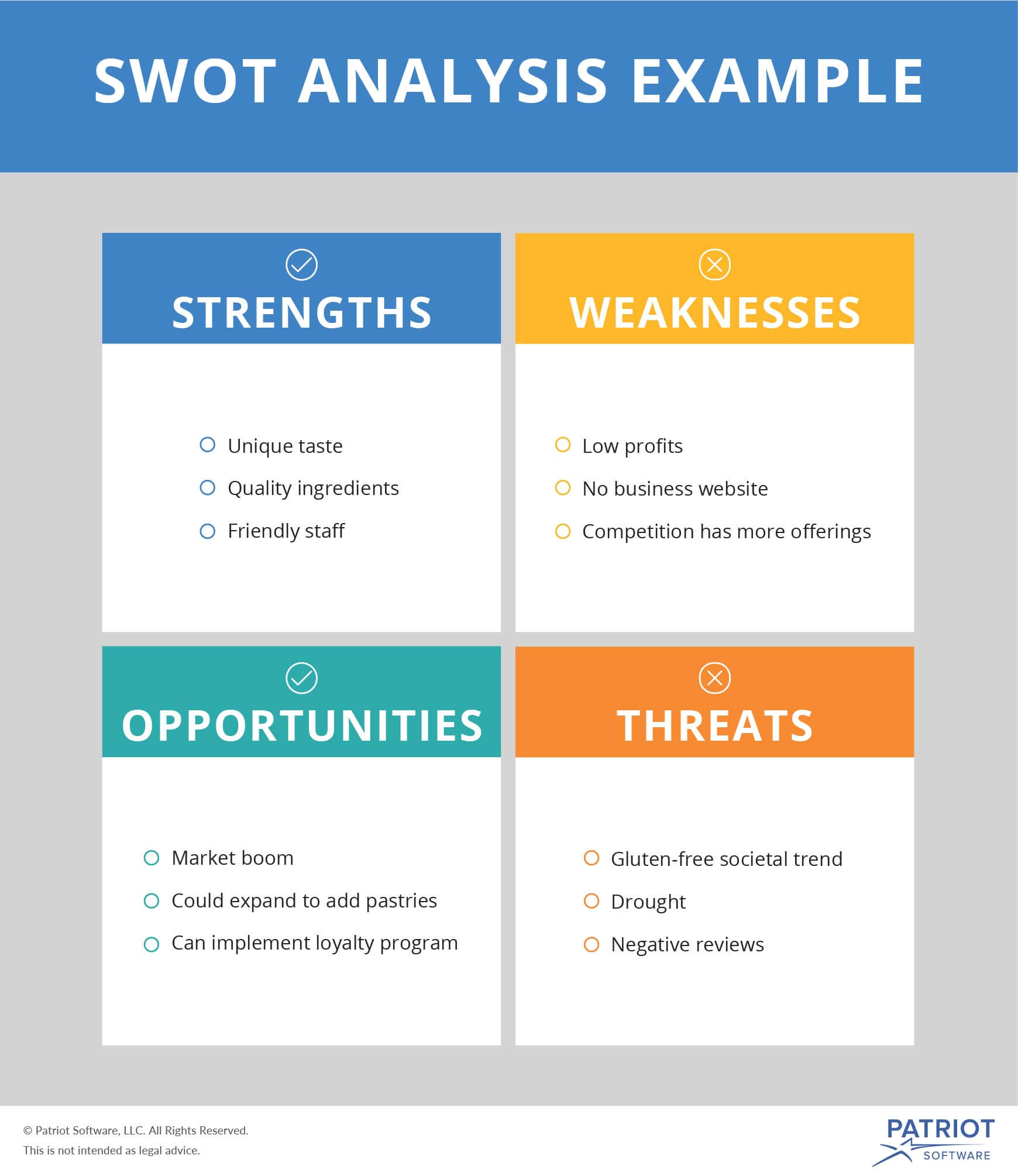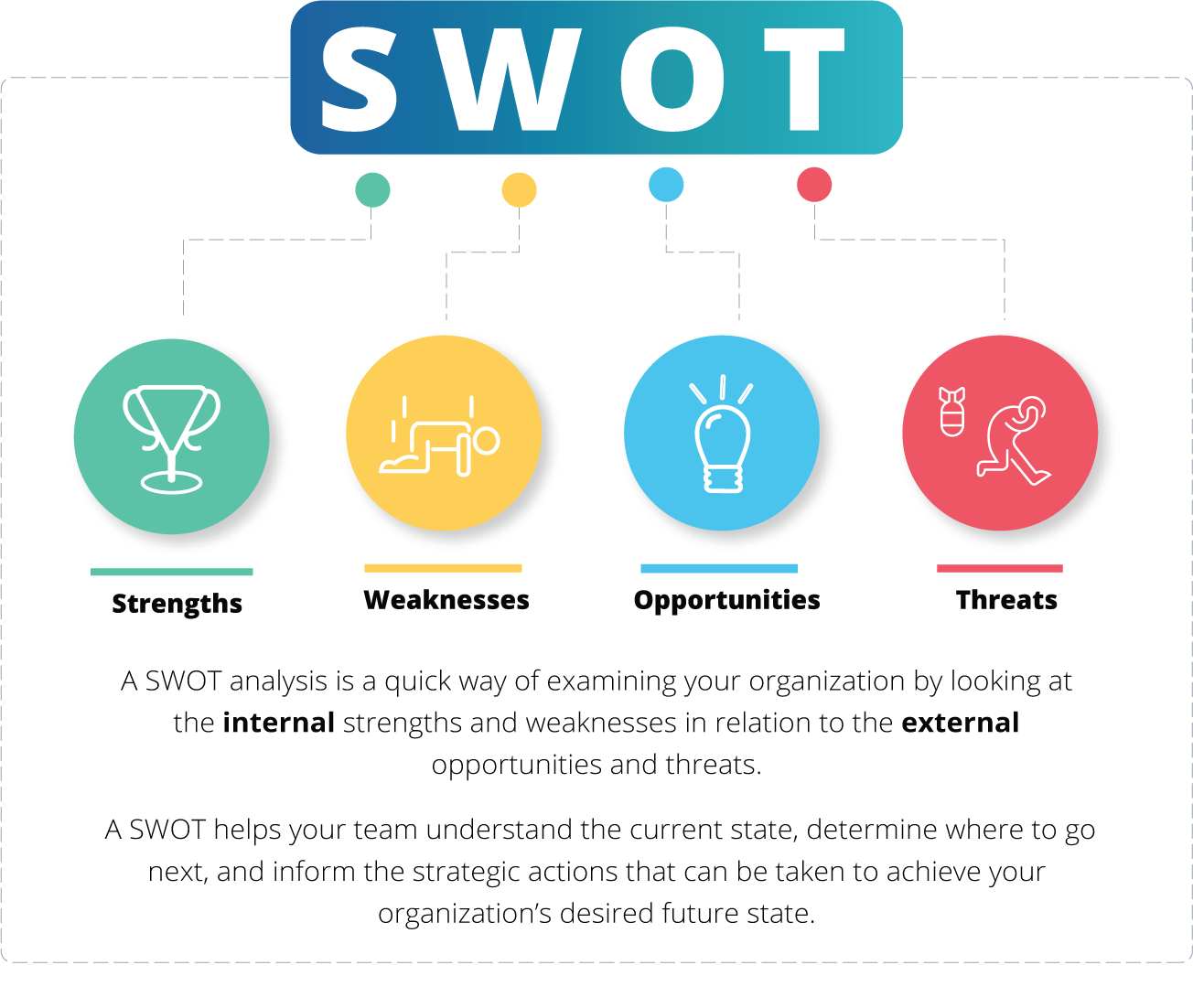How To Do A Swot Analysis For A Company

In today's dynamic business environment, understanding a company's strengths, weaknesses, opportunities, and threats is crucial for strategic decision-making. A SWOT analysis, a widely used strategic planning tool, provides a structured framework for evaluating these key elements. By systematically assessing internal and external factors, organizations can gain valuable insights to inform their business strategies and achieve their goals.
A SWOT analysis examines both internal and external factors that can impact a company's success. It helps to identify areas where the company excels, areas needing improvement, potential growth avenues, and external challenges that need to be addressed. A well-executed SWOT analysis allows businesses to make informed decisions about resource allocation, market entry, and competitive positioning.
Understanding the SWOT Matrix
The SWOT analysis is typically presented in a 2x2 matrix, with each quadrant representing one of the four elements: Strengths, Weaknesses, Opportunities, and Threats.
Strengths
Strengths are internal attributes and resources that give a company a competitive advantage. These might include a strong brand reputation, innovative products, efficient operations, or a skilled workforce. Identifying and leveraging strengths is vital for maintaining a leading position in the market.
Examples: Proprietary technology, a strong customer base, or a superior distribution network.
Weaknesses
Weaknesses are internal factors that hinder a company's performance. These could be outdated technology, a lack of resources, or inefficient processes. Acknowledging weaknesses allows a company to proactively address these issues and minimize their impact.
Examples: High debt levels, poor employee morale, or a lack of innovation.
Opportunities
Opportunities are external factors that could benefit a company. These might include emerging markets, changing consumer preferences, or technological advancements. Capitalizing on opportunities can drive growth and expansion.
Examples: Deregulation in a key industry, a growing demand for sustainable products, or a new technological platform.
Threats
Threats are external factors that could harm a company. These could be increased competition, economic downturns, or changing regulations. Preparing for and mitigating threats is crucial for ensuring long-term survival.
Examples: Increased competition from foreign rivals, rising raw material costs, or stricter environmental regulations.
How to Conduct a SWOT Analysis
Conducting a SWOT analysis involves a systematic process that requires input from various stakeholders within the organization.
1. Gather Information: Collect data from internal sources such as financial reports, market research, and employee feedback. Also analyze external sources like industry reports, competitor analysis, and economic forecasts.
2. Brainstorming Session: Organize a brainstorming session with a diverse group of employees from different departments. Encourage open discussion and free exchange of ideas to identify potential strengths, weaknesses, opportunities, and threats.
3. Categorize and Prioritize: Organize the brainstormed ideas into the four SWOT categories. Prioritize each factor based on its potential impact and likelihood of occurrence.
4. Develop Strategies: Use the SWOT matrix to develop strategies that leverage strengths to capitalize on opportunities, address weaknesses to mitigate threats, leverage strengths to minimize threats, and address weaknesses by taking advantage of opportunities.
5. Review and Update: Regularly review and update the SWOT analysis to reflect changes in the internal and external environments. The business landscape is constantly evolving, so a dynamic SWOT analysis keeps you prepared.
Benefits of a SWOT Analysis
A well-executed SWOT analysis offers numerous benefits.
It helps companies gain a deeper understanding of their competitive position and identify areas for improvement. By revealing areas of strength and weakness, opportunities and threats, it fosters better strategic planning.
It provides a framework for making informed decisions and allocating resources effectively. By allowing informed decisions, it drives better resource allocation within the organization.
It facilitates better communication and collaboration among different departments within the organization. It helps provide a shared understanding of the business environment. Improved Communication can lead to more effective strategies and results.
By regularly conducting a SWOT analysis, companies can proactively adapt to changing market conditions and maintain a competitive edge. The SWOT analysis serves as a powerful tool for navigating the complexities of the business world and achieving sustainable success.


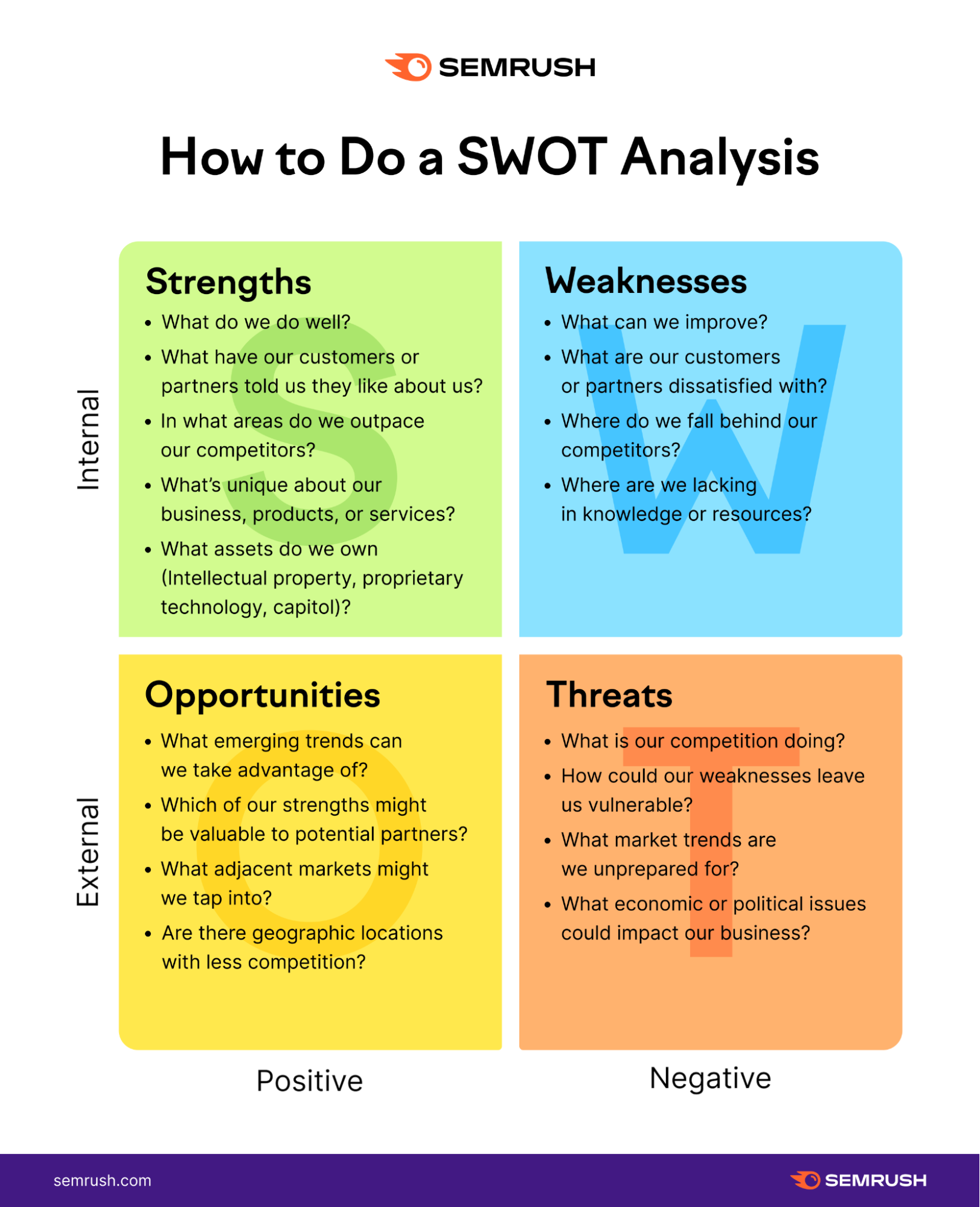
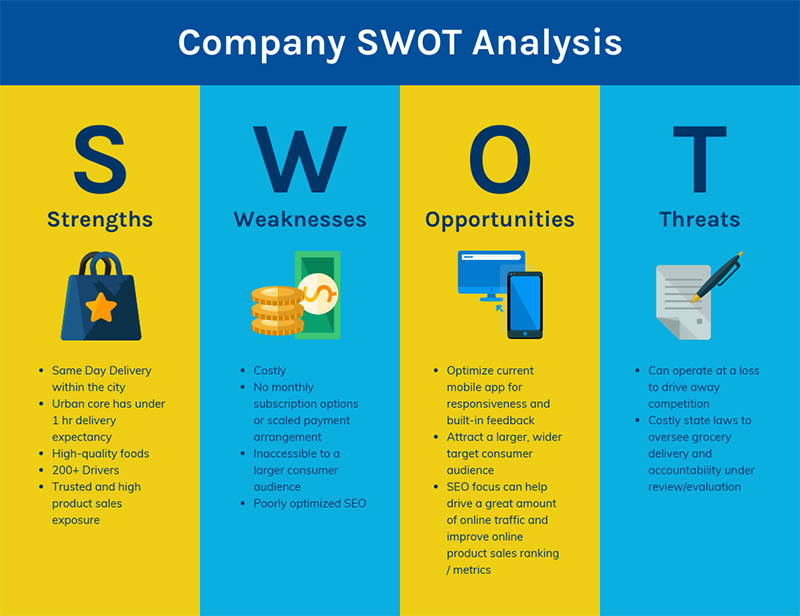

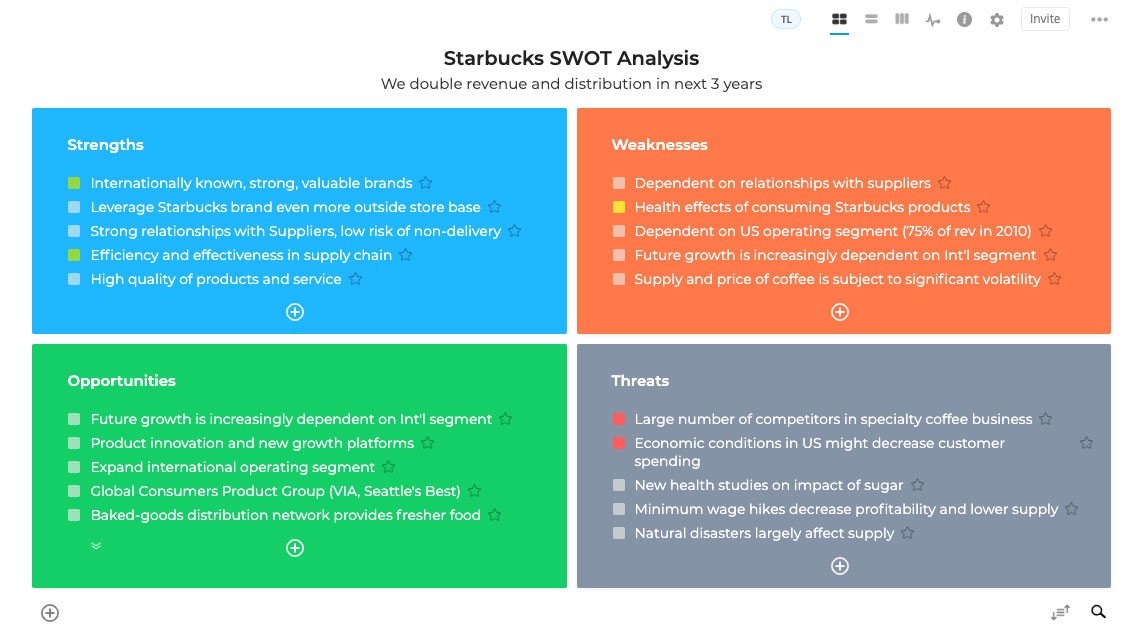
![How To Do A Swot Analysis For A Company SWOT Analysis: How To Do One [With Template & Examples] - Blog](https://blog.hubspot.com/hs-fs/hubfs/swot-analysis-example.jpg?width=3000&height=2000&name=swot-analysis-example.jpg)
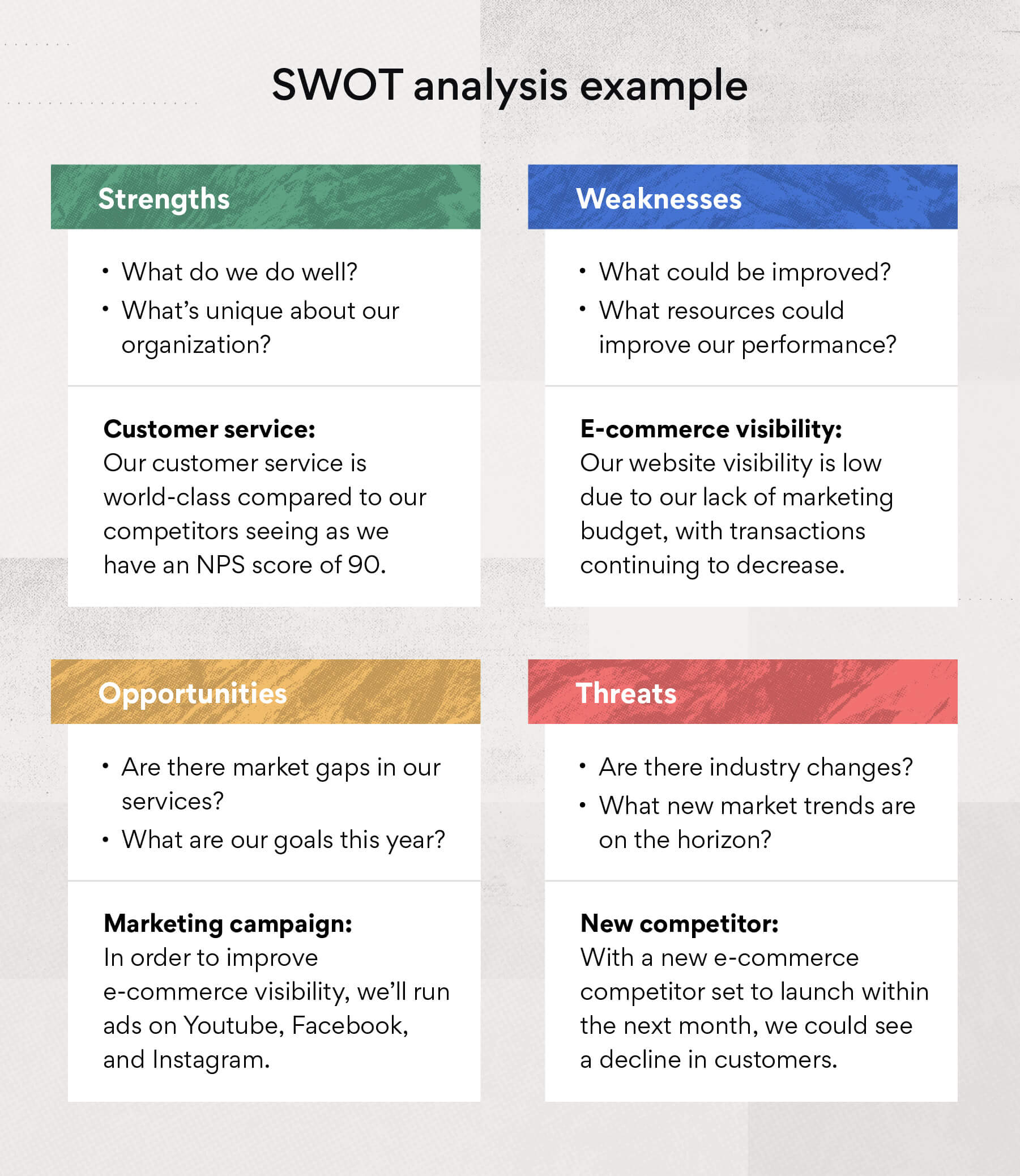
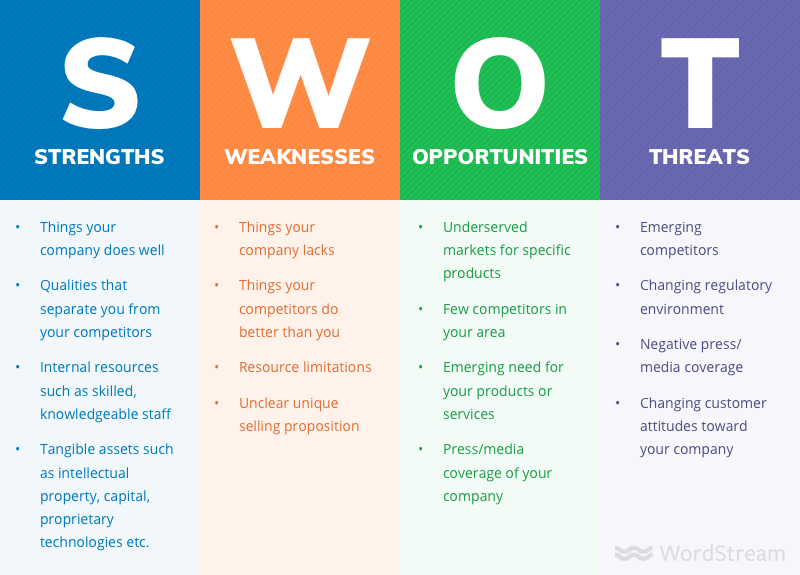
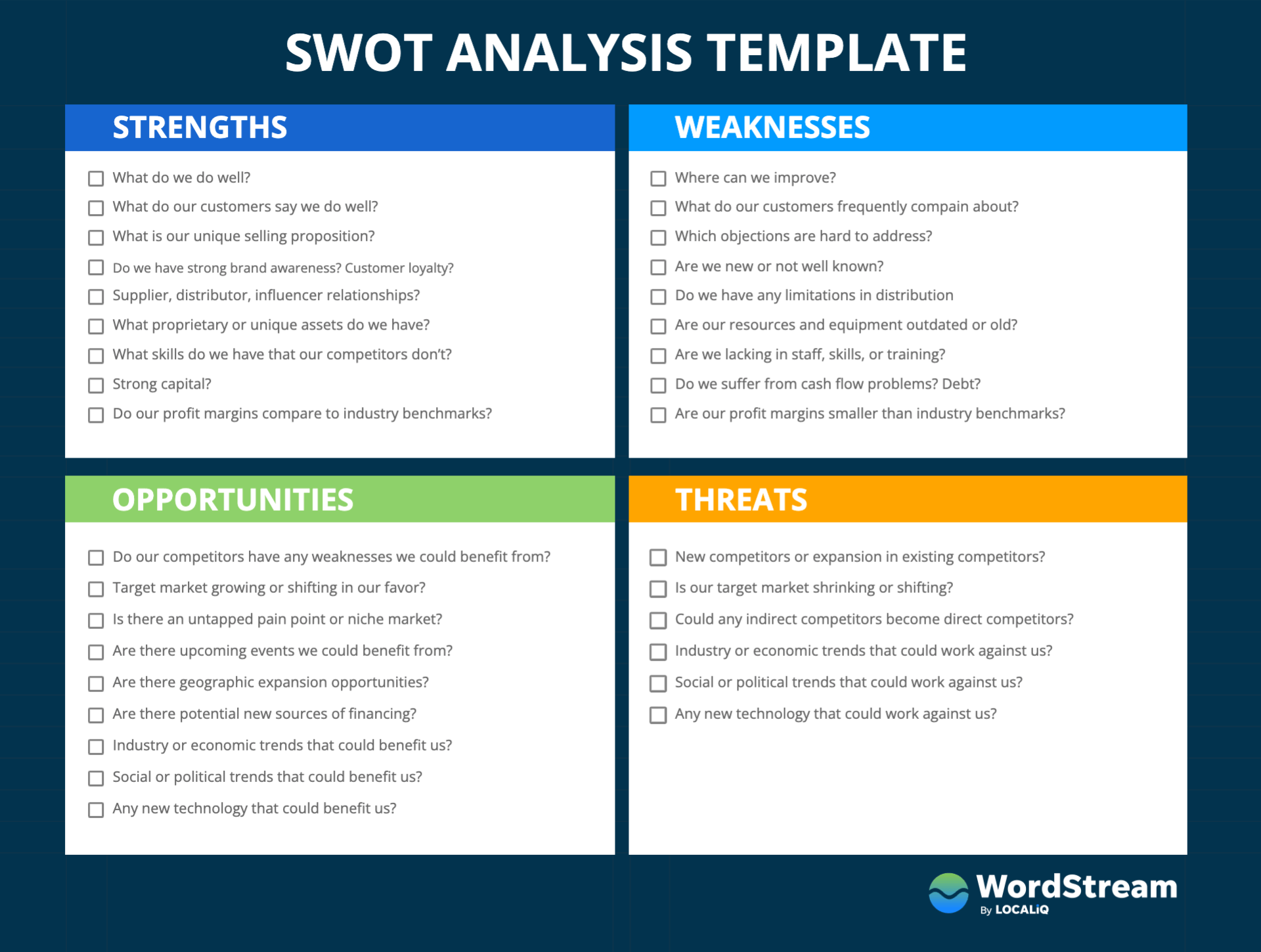
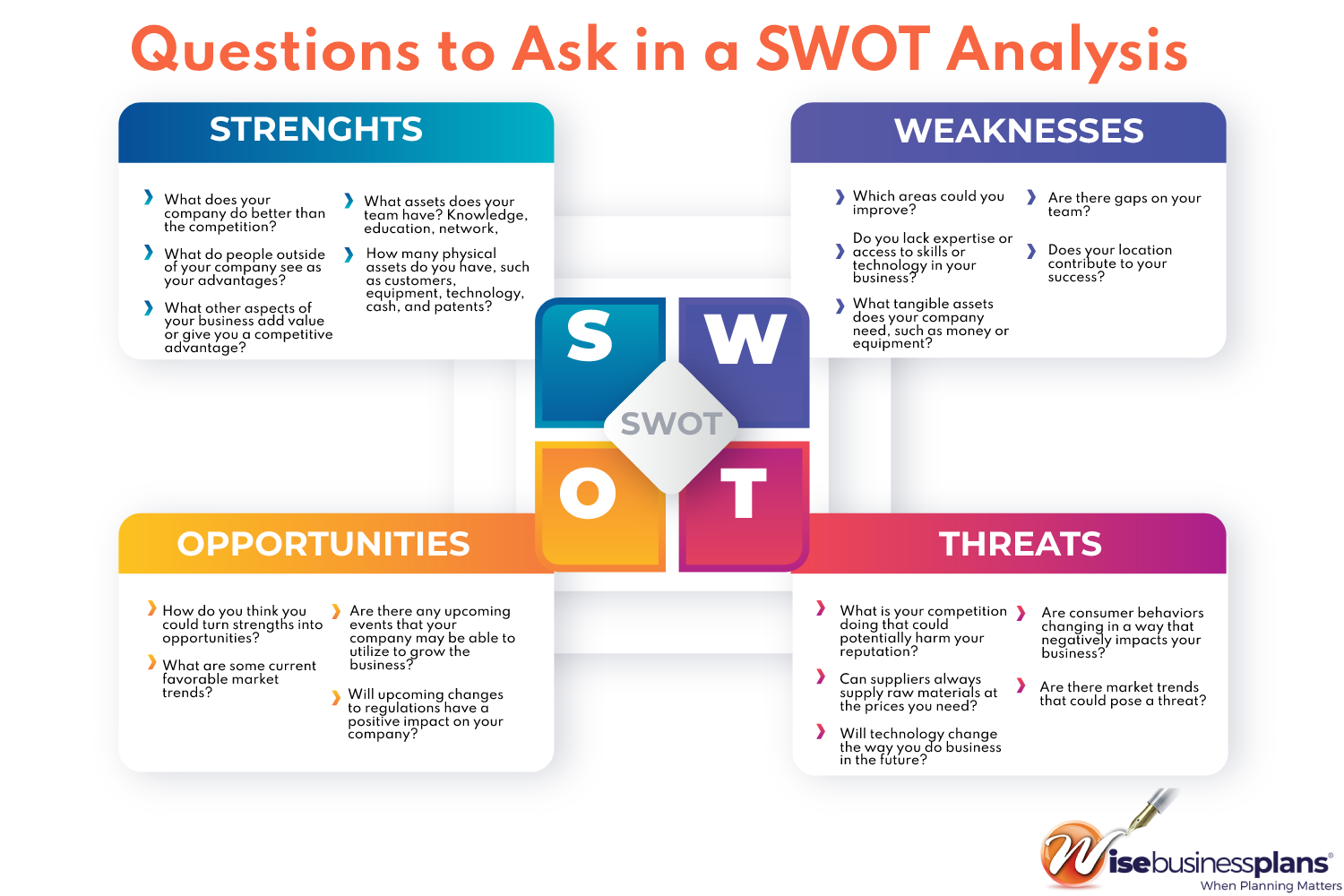

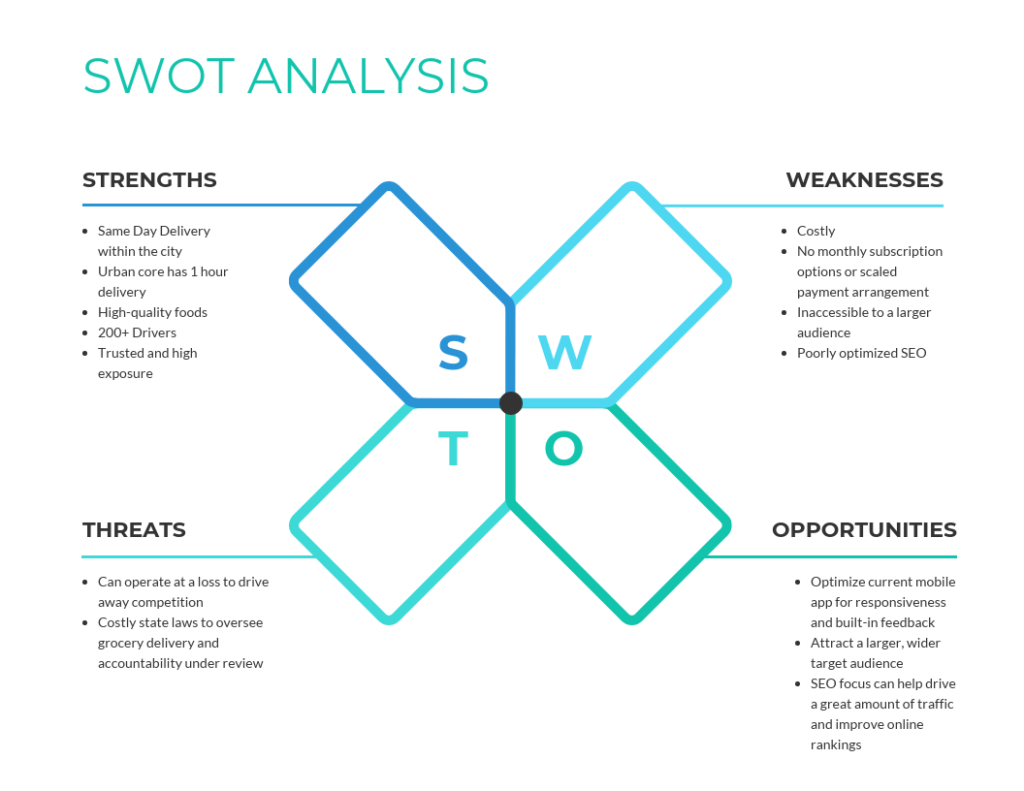

![How To Do A Swot Analysis For A Company How to do a SWOT analysis [with examples & templates] — BiteSize Learning](https://images.squarespace-cdn.com/content/v1/6348398d9d21fd6277c64f96/485e7404-ef4b-40fb-8cf4-84f14580fe43/swot+analysis+matrix+diagram+templates.png?format=2500w)
![How To Do A Swot Analysis For A Company SWOT Analysis: How To Do One [With Template & Examples]](https://blog.hubspot.com/hs-fs/hubfs/swot-analysis-restaurant.jpg?width=3000&height=2000&name=swot-analysis-restaurant.jpg)
